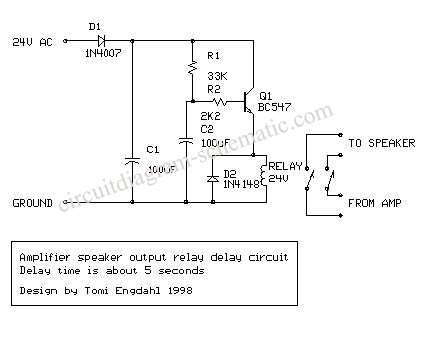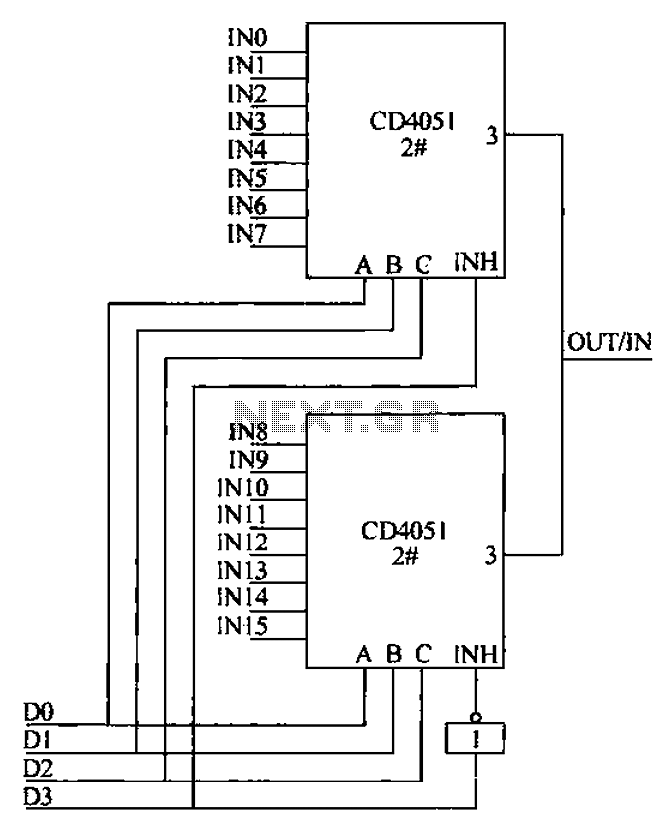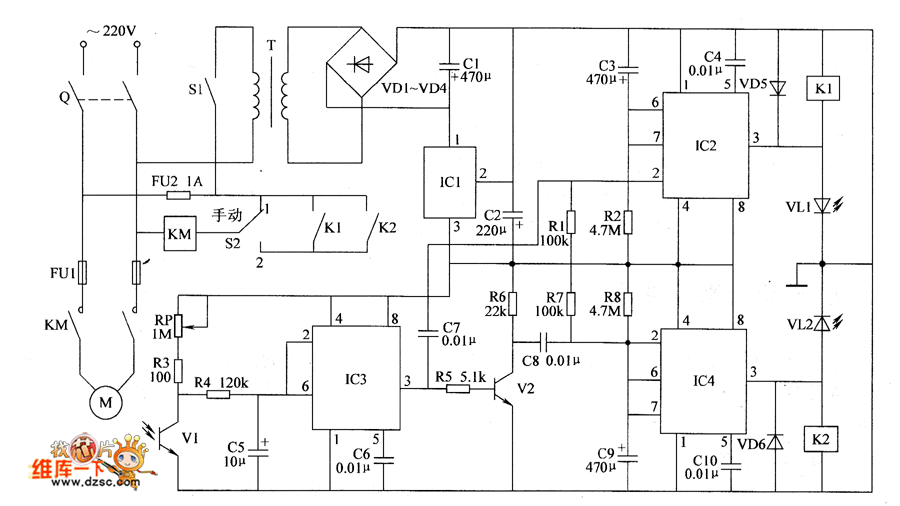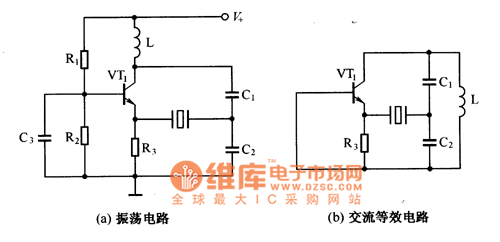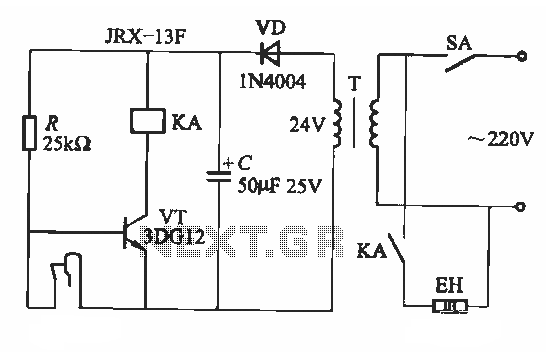
PIC CW Temp Circuit
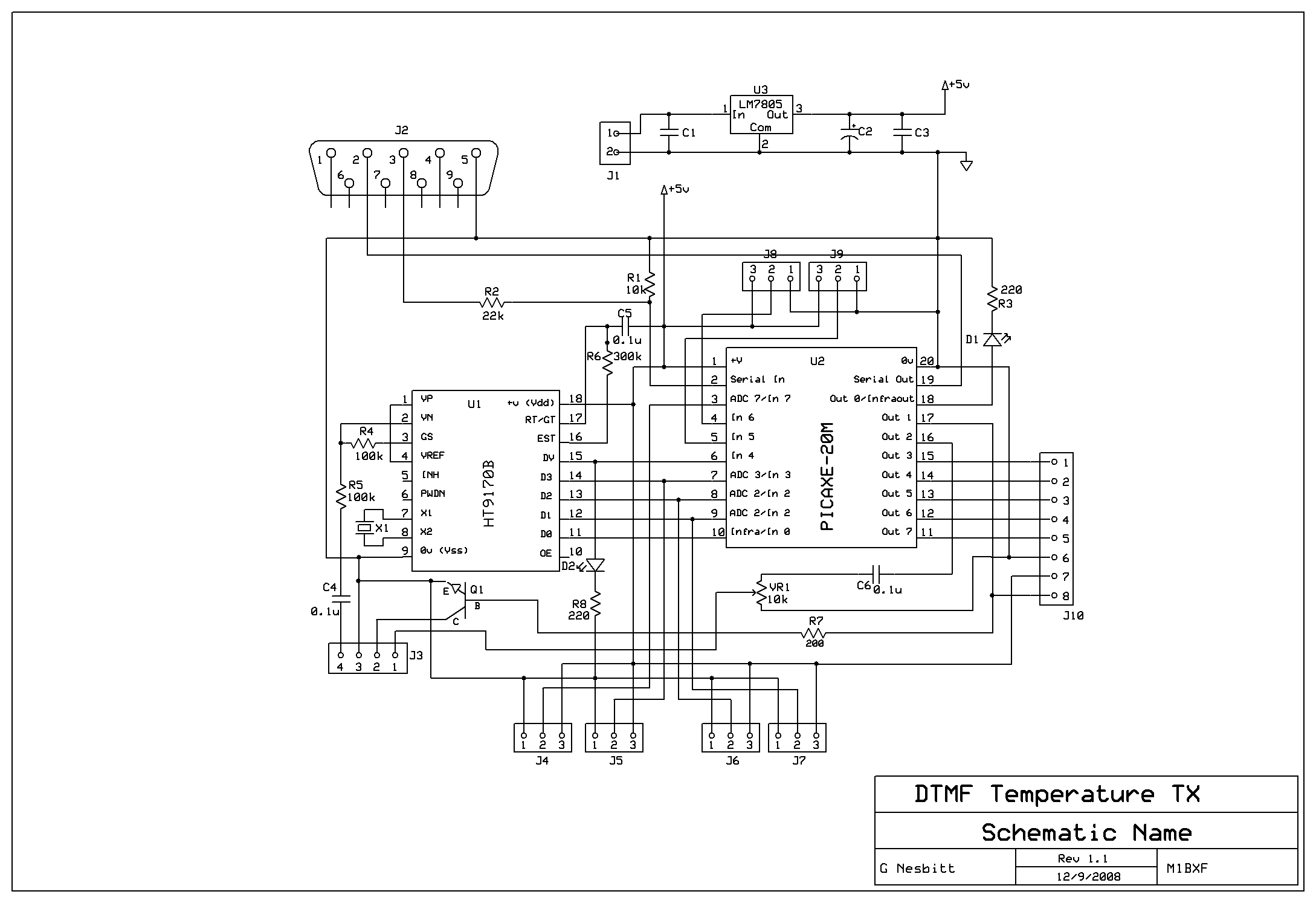
Remotely check the temperature of various items, specifically the repeater site at GB3PY. This system utilizes a radio to receive requests for the current temperature and sends the results back to the user. Requests are made using DTMF tones, and the response is transmitted in CW (Morse code). The complete design has not been tested, but it has been successfully implemented with two sensors that function correctly. This is an ongoing project, and in response to a friend's inquiry about using PICAXE to decode DTMF, details of the project are being shared, demonstrating the implementation method. The PICAXE code, schematic, and PCB layout are available for download. The code includes several noteworthy elements. When the HT9170B DTMF decoder chip detects a valid DTMF tone, it outputs the corresponding value in binary (as noted in the datasheet); for example, DTMF tone 1 outputs binary 1 (0001) and DTMF tone 8 outputs binary 8 (0100). Additionally, there is a line labeled DV on pin 15 of the HT9170B, which goes high when a valid DTMF tone is decoded. This feature is advantageous as it signals the PICAXE to read the input pins. This functionality is referenced in the code on line 41, where it checks if pin 4 equals 0 and then proceeds to the start. A specific pin is set in the code between lines 42 and 72; if the valid pin is detected, the temperature is read and a response is generated. The provided code is sufficient to read the DTMF value and store it in register B0, utilizing only the DTMF chip and PICAXE, with B0 representing the actual value of the pressed DTMF key.
The described system is designed for remote temperature monitoring using a combination of radio communication and DTMF signaling. The HT9170B DTMF decoder acts as the core component for interpreting the DTMF tones transmitted by the user. Upon receiving a valid tone, it generates a corresponding binary output that the PICAXE microcontroller processes to determine the requested action. The integration of the DV pin enhances the efficiency of the system by allowing the PICAXE to respond only when valid data is available, reducing unnecessary processing cycles.
The temperature sensors used in the project can be of various types, such as thermistors or digital temperature sensors, depending on the required accuracy and response time. The choice of sensors should be compatible with the input specifications of the PICAXE microcontroller. The schematic design would typically include power supply arrangements for both the PICAXE and the DTMF decoder, as well as the necessary pull-up or pull-down resistors for the input pins.
The PCB layout must ensure that the traces are appropriately routed to minimize interference and maintain signal integrity, especially in a radio frequency environment. Adequate spacing between components and proper grounding techniques should be employed to enhance the overall performance of the system. Additionally, the code logic should be thoroughly commented to facilitate understanding and further development, particularly for users who may wish to modify or expand upon the existing functionality.
In conclusion, this project exemplifies the use of DTMF signaling for remote temperature monitoring, leveraging the capabilities of the PICAXE microcontroller and the HT9170B DTMF decoder to create an efficient and effective system. The availability of the schematic, PCB layout, and code for download provides a valuable resource for others interested in similar applications.Remotly check the temperature of a few things, in my case the repeater site at GB3PY. A system which used a radio to receive requests for the currenttemperature and send the results back to the user. Requests are by DTMF tones and the response is in CW, mores code. The full design has not been tested, but I`ve managaed to do it with 2 sensors which works fine. This is an ongoing project and after a request from a friend about using PICAXE to decode DTMF I thought I would post details of the project which demonstrates the wayI do it. The PICAXE code, schematic and PCB layout are all available todownload below. The code has afew things worth mentioning in it. When the HT9170B DTMF decoder chip gets a valid DTMF tone it outputs the value in binary (check the datasheet) but DTMF 1 outputs binary 1 or 0001 and DTMF 8 outputs binary 8 or 0100.
Not only this there is a line called DV, pin 15 on the HT9170B which goes high when a valid DTMF tone is decode, this is great cause it is a way to tell the PICAXE it is time to read the input pins. You`ll see this in the code on line 41 if pin4 = 0 then goto start`. Basically I have a pin set in the code, this is between lines 42 and 72 and if the valid pin is entered then we read the temp and respond.
The code below should be enough to read the DTMF value and store is register B0 using just the DTMF chip and PICAXE. so B0 is the actual value of the DTMF key pressed. 🔗 External reference
The described system is designed for remote temperature monitoring using a combination of radio communication and DTMF signaling. The HT9170B DTMF decoder acts as the core component for interpreting the DTMF tones transmitted by the user. Upon receiving a valid tone, it generates a corresponding binary output that the PICAXE microcontroller processes to determine the requested action. The integration of the DV pin enhances the efficiency of the system by allowing the PICAXE to respond only when valid data is available, reducing unnecessary processing cycles.
The temperature sensors used in the project can be of various types, such as thermistors or digital temperature sensors, depending on the required accuracy and response time. The choice of sensors should be compatible with the input specifications of the PICAXE microcontroller. The schematic design would typically include power supply arrangements for both the PICAXE and the DTMF decoder, as well as the necessary pull-up or pull-down resistors for the input pins.
The PCB layout must ensure that the traces are appropriately routed to minimize interference and maintain signal integrity, especially in a radio frequency environment. Adequate spacing between components and proper grounding techniques should be employed to enhance the overall performance of the system. Additionally, the code logic should be thoroughly commented to facilitate understanding and further development, particularly for users who may wish to modify or expand upon the existing functionality.
In conclusion, this project exemplifies the use of DTMF signaling for remote temperature monitoring, leveraging the capabilities of the PICAXE microcontroller and the HT9170B DTMF decoder to create an efficient and effective system. The availability of the schematic, PCB layout, and code for download provides a valuable resource for others interested in similar applications.Remotly check the temperature of a few things, in my case the repeater site at GB3PY. A system which used a radio to receive requests for the currenttemperature and send the results back to the user. Requests are by DTMF tones and the response is in CW, mores code. The full design has not been tested, but I`ve managaed to do it with 2 sensors which works fine. This is an ongoing project and after a request from a friend about using PICAXE to decode DTMF I thought I would post details of the project which demonstrates the wayI do it. The PICAXE code, schematic and PCB layout are all available todownload below. The code has afew things worth mentioning in it. When the HT9170B DTMF decoder chip gets a valid DTMF tone it outputs the value in binary (check the datasheet) but DTMF 1 outputs binary 1 or 0001 and DTMF 8 outputs binary 8 or 0100.
Not only this there is a line called DV, pin 15 on the HT9170B which goes high when a valid DTMF tone is decode, this is great cause it is a way to tell the PICAXE it is time to read the input pins. You`ll see this in the code on line 41 if pin4 = 0 then goto start`. Basically I have a pin set in the code, this is between lines 42 and 72 and if the valid pin is entered then we read the temp and respond.
The code below should be enough to read the DTMF value and store is register B0 using just the DTMF chip and PICAXE. so B0 is the actual value of the DTMF key pressed. 🔗 External reference
